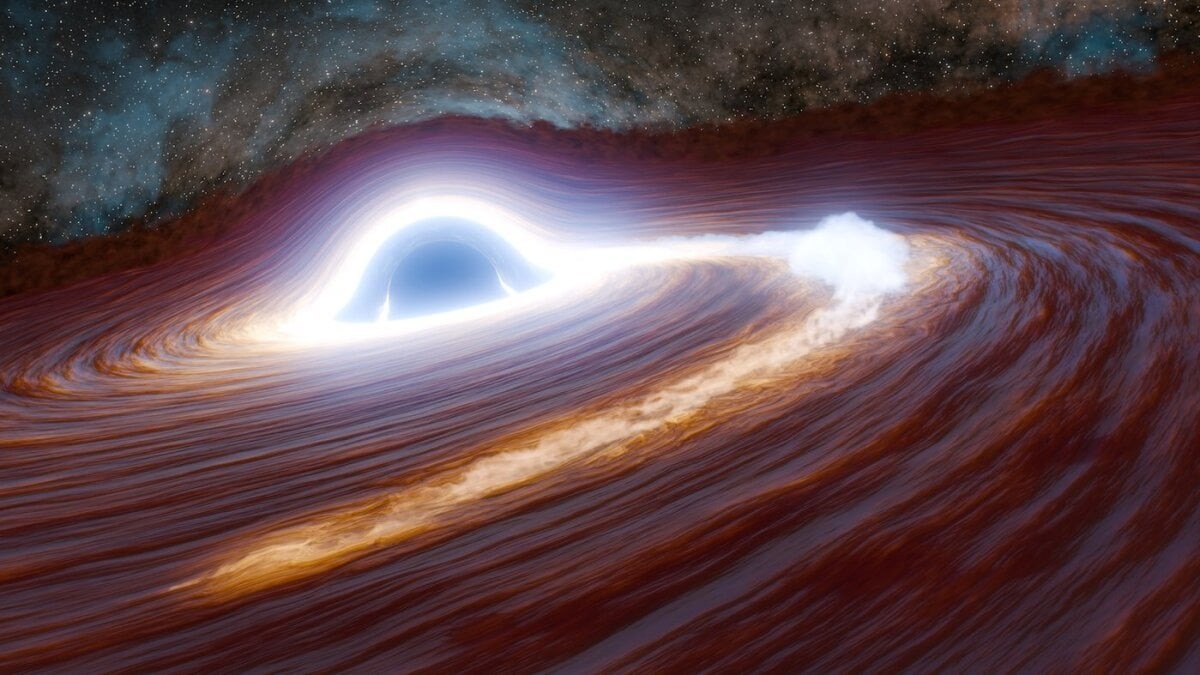A supermassive black hole has unleashed the most powerful flare ever observed, briefly shining with the intensity of 10 trillion suns. The outburst, originating from a galaxy 10 billion light-years away, represents an unprecedented event in cosmic observation, offering new insights into the extreme behavior of these gravitational giants.
The Unprecedented Flare
The flare was first detected in 2018 by the Zwicky Transient Facility and the Catalina Real-Time Transient Survey. Within months, its brightness surged by a factor of 40, dwarfing all previously recorded black hole flares by 30 times. The black hole responsible is approximately 500 million times the mass of our sun. This event is not just a spectacular display of cosmic power, but also a rare opportunity to study the extreme physics at play when a star meets its violent end.
Tidal Disruption: A Star Torn Apart
Astronomers believe the flare resulted from a tidal disruption event (TDE). This occurs when a star ventures too close to a black hole, where gravity overwhelms its structure, tearing it apart. The consumed star in this case was exceptionally massive, at least 30 times the mass of our sun. As stellar gas spirals inward, it heats up and emits a burst of energy before disappearing into the black hole.
A Meal Still in Progress
The ongoing nature of the flare suggests the black hole has not finished consuming the star. As Caltech professor Matthew Graham put it, the star is “only halfway down the whale’s gullet.” This prolonged event provides a unique window into the feeding process of a supermassive black hole, allowing scientists to observe the energy release over an extended period.
Implications for Black Hole Studies
The discovery challenges existing models of TDEs, particularly the size of stars that can be consumed. The estimated mass of the destroyed star – 30 times that of our sun – is rare, suggesting either a misinterpretation of the data or the existence of exceptionally large stars near active galactic nuclei (AGNs). Further observations have ruled out other possible explanations, such as supernovas or gravitational lensing, solidifying the TDE interpretation.
The Future of Flare Detection
The event highlights the potential for future sky surveys, like the Vera C. Rubin Observatory, to uncover more such supersized flares. As technology improves, the ability to detect and analyze these extreme events will grow, deepening our understanding of black hole behavior and the violent processes that shape the universe.
This record-breaking flare serves as a reminder of the immense power lurking in the cosmos, and the ongoing discoveries that continue to redefine our understanding of black holes and their role in the universe
